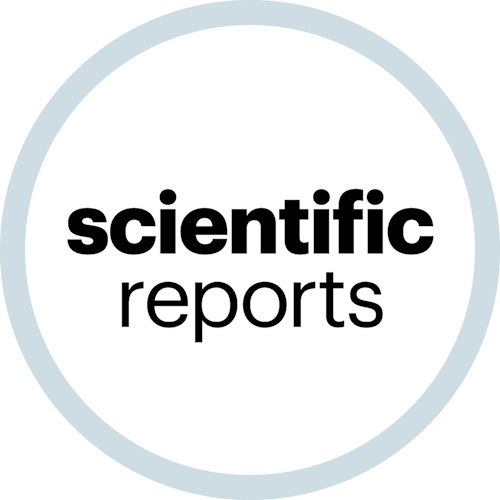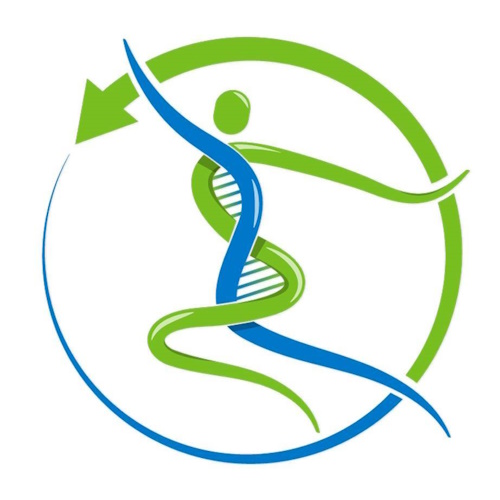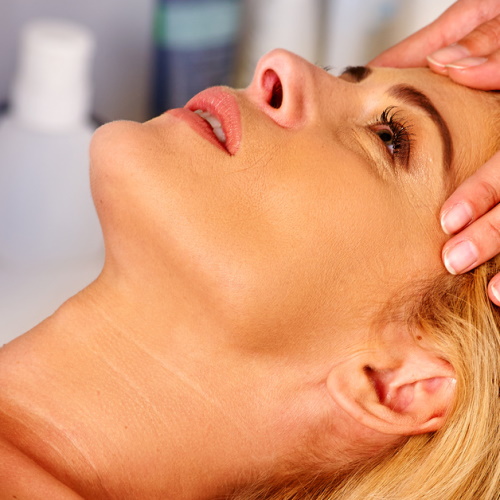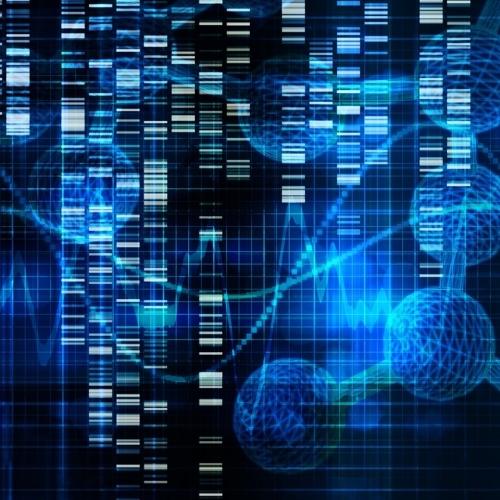Key points from article :
Environmental factors that affect the rate of skin aging, such as sun exposure and smoking, can be controlled.
But intrinsic factors are not yet amenable to manipulation. Skin ages differently in different genders and ethnicities.
Lower level of melanin in Caucasian skin makes it less protected from sun-driven photoaging.
Authors first examine what skin aging phenotypes have already been described and use them as a proxy of overall skin aging.
56 phenotypes were identified with “eyebags”, “sagging of jawline”, “global facial photoaging” among others.
They were grouped into 4 categories: skin cancer-related, skin color-related, wrinkling and sagging-related, skin global impression.
19 of single-nucleotide polymorphisms associated with ageing were significant in several studies.
They identified a specific region on chromosome 16, band 16q24.3, as hosting a particularly high number of pleiotropic genes.
44 pleiotropic skin aging genes and 32 skin color genes were analysed in young and aged skin.
Study shows DBNDD1 gene expression is affected by environmental factors (UV exposure) rather than chronological age.
This is an important reminder that protecting skin from sun exposure is still the best method of keeping it as young as possible.







